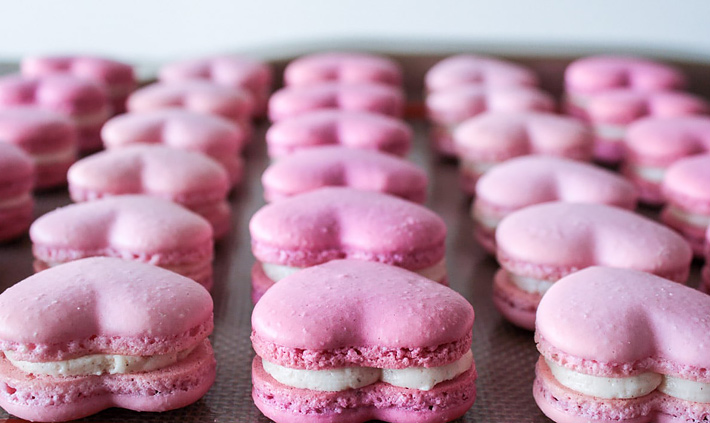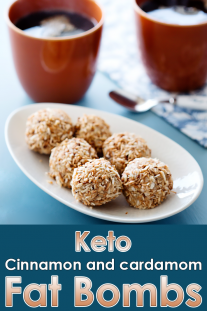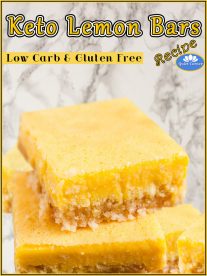
Heart Macarons for Valentines Day
After Heart Macarons gained all the fame in recent years, many ambitious home cooks try baking the perfect macaron. It is very tempting to create those pretty colorful macarons in home kitchen. Good news is… although macaron is not the easiest thing to bake in your kitchen, it is not as hard as you think.
Ingredients:
Dry ingredients
- 40g sifted almond flour
- 65g powdered sugar
- 1 heaping tsp food coloring powder (I used red beet powder for raspberry macaron, and unsweetened cocoa powder for chocolate macaron)
French meringue*
- 33g room temperature egg white (from one large egg)*
- 10g granulated sugar
- 1/8 teaspoon cream of tartar**
* There are three types of meringues; French meringue, Swiss meringue and Italian meringue. French meringue is the easiest one to make, just whipping egg white with sugar. The next one is Swiss meringue for which egg white is whipped over double boiler and then whipped with sugar. And, the hardest one to make is Italian meringue, which you whip egg whites with 235-240°F sugar syrup — this last meringue is most complicated to make but most stable.
For beginners of macaron baking, it might be easier to make the macaron cookies with Italian meringue. Due to its high structural stability, it is easy to mix the meringue and almond flour mixture without deflating the batter too much. However, Italian meringue requires more sugar than French meringue, and will make sweeter, crunchier, and chewier macaron cookies, which is not ideal – macaron cookie should be soft inside with a bit crunchy outside. And, most of all, it is still possible to bake a good macaron cookies with French meringue although this may be your first time baking macaron! You do not have to make the Italian meringue which needs more work and attention.

** Cream of tartar is an acidic powder which is a byproduct of winemaking. It is often used as a stabilizer for egg white foam. Although you can use lemon juice or any other acid as a stabilizer, most cooks prefer cream of tartar which has no water content, no flavor and no smell. For French meringue, which is made without any heat, I would definitely recommend adding cream of tartar. If you are making Italian meringue, which is the most structurally safe meringue, I don’t think you need cream of tartar.
Procedures:
- First, measure all the ingredients, and prepare all the necessary tools – Sieve, clean bowl, clean balloon whisk, rubber spatula, pastry bag (piping bag) with ~0.5″ wide piping tip inserted, sheet pan, silicone mat (or parchment paper), and macaron template. (I used Ateco 804 piping tip).
- Sift almond flour, powdered sugar and food coloring powder all together through a fine strainer or sieve to aerate the flour and make sure there is no impurity. Set aside.
- When the egg white doubles in volume, sprinkle granulated sugar gradually in 3-4 batches while whipping the egg white. Egg white starts gaining more volume as sugar is added.
- Whip the egg whites until it reached to stiff peaks. This is “French meringue”, the shiny velvety egg white foam. If egg white starts leaking water and loses the velvety texture, you over beat the egg white. I would recommend throwing it away and starting over.
- Add sifted almond flour mixture into the meringue in four to five batches. First, add one fourth (or fifth) of the almond flour and gently fold into the meringue. When the first almond flour mixture batch is incorporated well, add the next batch. Continue folding the rest of batches.
- Fill a pastry piping bag with the macaron cookie mixture.
- Pipe the mixture to a baking tray lined with a silicone mat (or parchment paper) over template. I printed out template in two sheets of letter-size paper. Please make sure to pipe the mixture somewhat flat… around 1/5″ in height.
- Tap the bottom of sheet pan to the counter top or with your palm to flatten the piped batter. This step will remove any big air pockets from the batter, and will smooth out the surface of piped batter.
- Let the piped macaron mixture seat for 30-45 minutes in flat and dry area before going into oven. This stage is very important to form the egg shell like exterior and macaron’s “feet (pied in French)”. While the mixture is seating, the outer part start forming a smooth, shiny, and pretty hard skin, and when the mixture is baked, as the air bubbles in the meringue are expanding the macaron cookies are going to rise, lifting the top skin. At this time, the “feet” is formed at the bottom of the macaron cookies. That’s why you should not bake the macaron cookies on a rainy day (or very humid day). Sugar will absorb the water from the air during the 30-45 minutes resting process and will not form the skin properly!
- Preheat your oven at 300°F while the ‘skin’ is formed.
- When the macarons are dried enough, gently remove the template under the silicone mat (or parchment paper). Slide the baking tray to the preheated oven on the middle rack. Bake for 8 minutes. Lower the heat to 290°F and bake for another 10-12 minutes. The macaron cookies should have “feet” and the skin should be hard and dry.
- Let the cookies cool down still with the silicon mat (or parchment paper) attached. When the cookies have completely cooled down, take them off from the silicon mat (or parchment paper). If the macaron cookies are under-cooked or have not cooled down enough, the cookies will not come off clean from the silicon mat (or parchment paper).
- Pipe the fillings on a macaron cookie and make sandwich with another macaron cookie.
- Rest the assembled macarons for about 3-5 hours so the moisture from filling can be absorbed into the dry cookie. The time can vary depending on how dry your cookies are and how wet the fillings are. The final macaron should still have crunchy skin but very moist texture.
- Enjoy your home-baked sweet macarons!





Leave a Reply